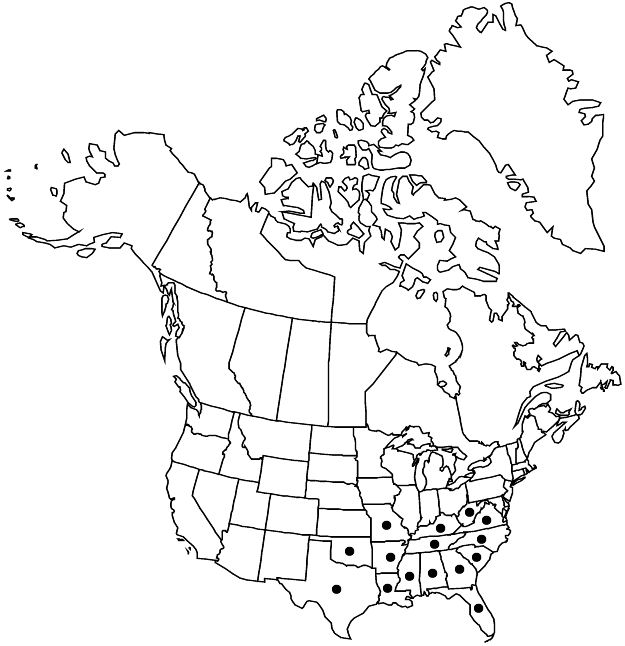Difference between revisions of "Parnassia grandifolia"
in A. P. de Candolle and A. L. P. P. de Candolle, Prodr. 1: 320. 1824.
imported>Volume Importer |
imported>Volume Importer |
||
| Line 1: | Line 1: | ||
{{Treatment/ID | {{Treatment/ID | ||
|accepted_name=Parnassia grandifolia | |accepted_name=Parnassia grandifolia | ||
| − | |accepted_authority= | + | |accepted_authority=de Candolle |
|publications={{Treatment/Publication | |publications={{Treatment/Publication | ||
| − | |title=Prodr. | + | |title=in A. P. de Candolle and A. L. P. P. de Candolle, Prodr. |
|place=1: 320. 1824 | |place=1: 320. 1824 | ||
|year=1824 | |year=1824 | ||
| Line 36: | Line 36: | ||
-->{{#Taxon: | -->{{#Taxon: | ||
name=Parnassia grandifolia | name=Parnassia grandifolia | ||
| − | |authority= | + | |authority=de Candolle |
|rank=species | |rank=species | ||
|parent rank=genus | |parent rank=genus | ||
| Line 47: | Line 47: | ||
|distribution=Ala.;Ark.;Fla.;Ga.;Ky.;La.;Miss.;Mo.;N.C.;Okla.;S.C.;Tenn.;Tex.;Va.;W.Va. | |distribution=Ala.;Ark.;Fla.;Ga.;Ky.;La.;Miss.;Mo.;N.C.;Okla.;S.C.;Tenn.;Tex.;Va.;W.Va. | ||
|reference=None | |reference=None | ||
| − | |publication title=Prodr. | + | |publication title=in A. P. de Candolle and A. L. P. P. de Candolle, Prodr. |
|publication year=1824 | |publication year=1824 | ||
|special status=Endemic | |special status=Endemic | ||
| − | |source xml=https:// | + | |source xml=https://bitbucket.org/aafc-mbb/fna-data-curation/src/2e0870ddd59836b60bcf96646a41e87ea5a5943a/coarse_grained_fna_xml/V12/V12_90.xml |
|genus=Parnassia | |genus=Parnassia | ||
|species=Parnassia grandifolia | |species=Parnassia grandifolia | ||
Latest revision as of 20:18, 5 November 2020
Herbs with caudices. Stems 12–70 cm. Leaves: basal in rosettes; petiole 3–15 cm; blade (of larger leaves) oblong-ovate to suborbiculate, 25–80 × 20–70 mm, longer than to ca. as long as wide, base rounded to subcordate, apex obtuse; cauline on proximal half of stem or absent. Flowers: sepals reflexed in fruit, oblong to ovate, 2.5–5 mm, margins hyaline, 0.2–0.5 mm wide, entire, apex obtuse; petals 7–11-veined, oblong to ovate, 15–22 × 6–10 mm, length 3–4 times sepals, base cuneate to rounded, margins entire or undulate; stamens 7–9 mm; anthers 2–3 mm; staminodes 3-fid almost to base, gland-tipped, 10–16 mm, longer than stamens, apical glands elliptic to subglobose, 0.4–0.6 mm; ovary green, sometimes whitish at base. Capsules 10–15 mm. 2n = 32.
Phenology: Flowering mid summer–fall.
Habitat: Wet, calcareous rocks, shores, meadows, fens.
Elevation: 200–1400 m.
Distribution

Ala., Ark., Fla., Ga., Ky., La., Miss., Mo., N.C., Okla., S.C., Tenn., Tex., Va., W.Va.
Discussion
Parnassia grandifolia is uncommon throughout most of its range; it is listed as endangered in Florida and Kentucky, threatened in North Carolina, and of special concern in Tennessee.
Selected References
None.